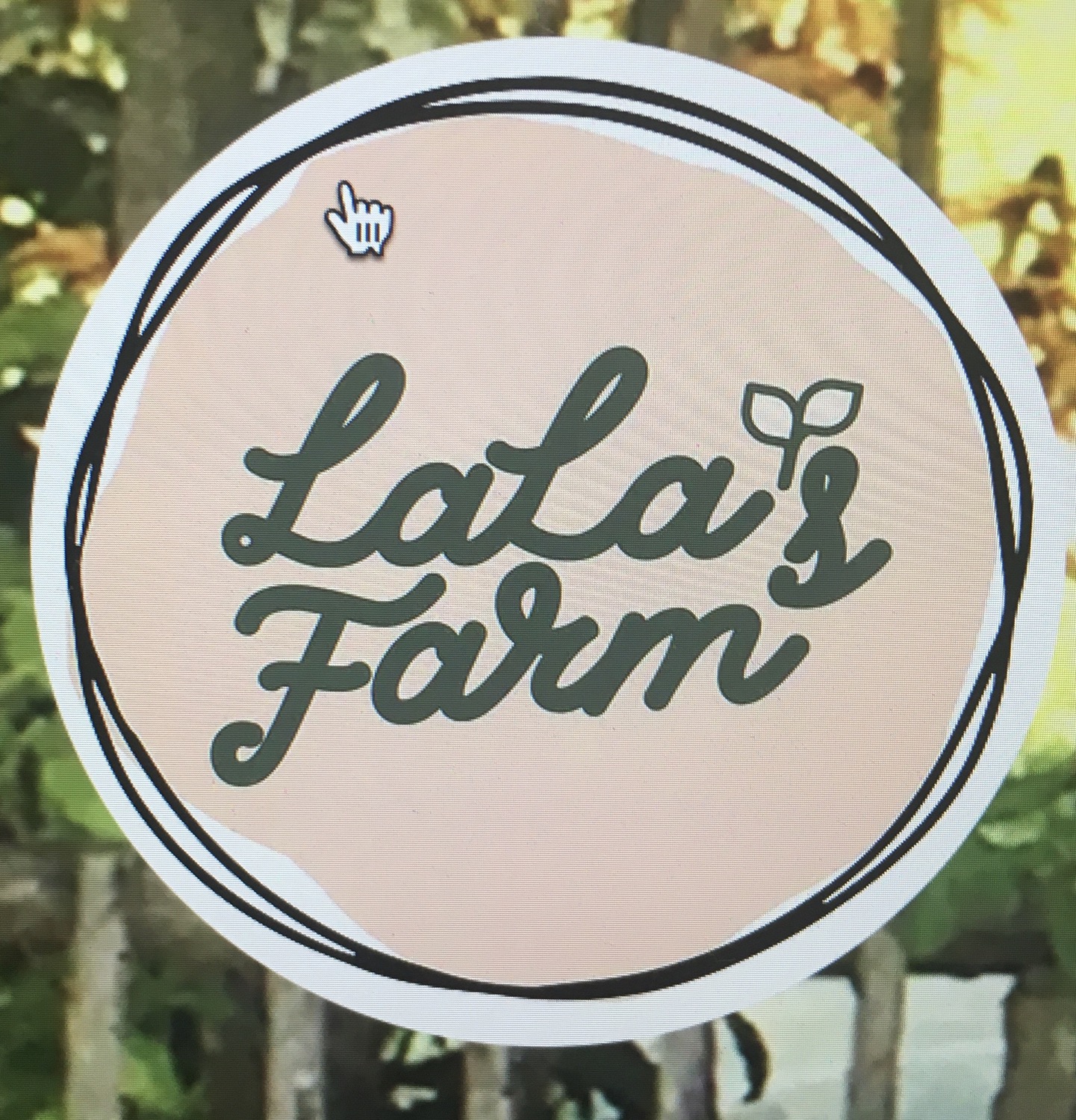Organic Compost & Worm Farming
- LaLa

- Sep 8, 2019
- 2 min read
Updated: Nov 26, 2023
LaLa's Farm will be writing about the many benefits of worm farming and how composting can turn your trash into a gardener's treasure!

This article is a short overview of the steps to take to start a Worm Farm. More in depth information will be shared about the worm bin options, feeding, food, and harvesting.
Worm castings ( vermicomposting) are an excellent fertilizer for your plants and harvesting them is a straightforward process. To get started, you'll need a worm bin, where the worms will compost your food scraps and turn them into nutrient-rich castings. Here are the steps you need to follow to harvest worm castings:
1. Prepare the worm bin:
To encourage the worms to migrate to one side of the bin, stop adding fresh food scraps to one side for a couple of weeks before harvesting. This will leave one side with food for the worms to feed on, while the other side will be where you'll harvest the castings.
2. Create a feeding zone:
Add fresh food scraps only to one side of the bin, which will attract the worms to move to that side for feeding. This will make it easier for you to harvest the castings from the other side.
3. Wait for migration:
Give the worms some time (a week or two), and they should migrate to the side with fresh food. You can encourage this process by shining a light on the side of the bin with food, which will prompt the worms to move towards it.
4. Collect castings:
Once the worms have migrated, you can start harvesting the castings. Scoop out the top layer of castings from the side without food and set it aside. You can repeat this process until you've collected as much as you need.
5. Sunlight method (optional, i use a bright overhead light):
If you want to separate the worms from the castings, leave the harvested castings in the sunlight for a short period. Worms are sensitive to light and will burrow to escape it, making it easier to separate them from the castings.
6. Separate worms:
You can use a screen, mesh, or a specially designed tool to sift through the collected castings. The worms will fall through the mesh, and the castings will be retained.
7. Repeat the process:
If you have a multi-tray worm bin, you can repeat the process for each tray. This will give you a steady supply of worm castings for your plants.
8. Return worms to the bin:
After harvesting the castings, return the worms with new bedding and fresh food. They will continue the composting process and make more castings for you to harvest in the future.
9. Store castings:
Store the harvested worm castings in a breathable container. They can be used immediately or stored for future use. Worm castings are an excellent fertilizer for your plants, and they will help them grow stronger and healthier.






